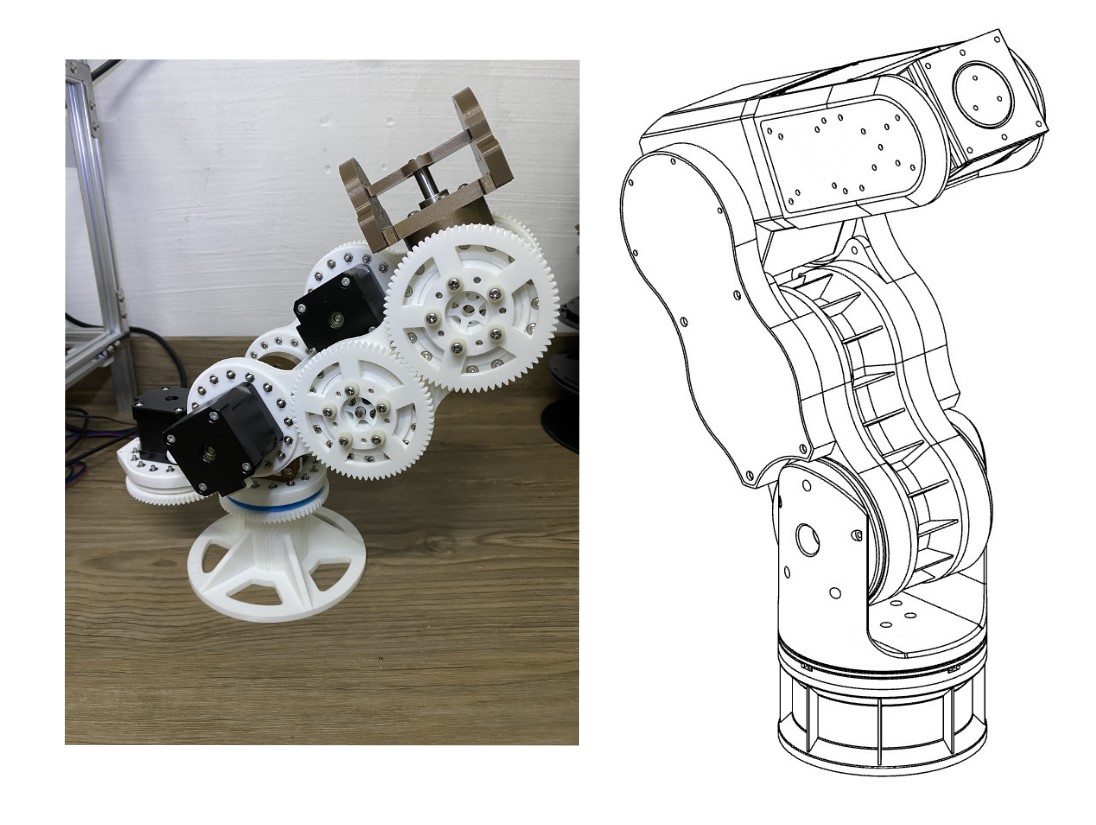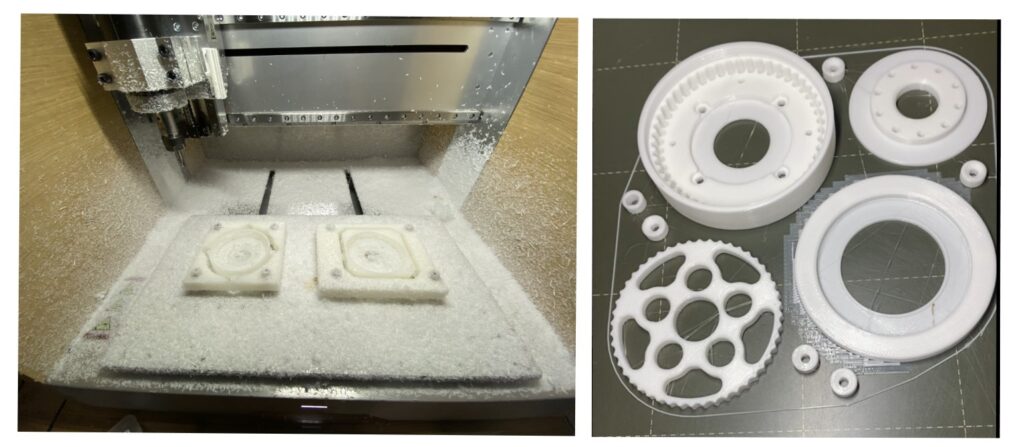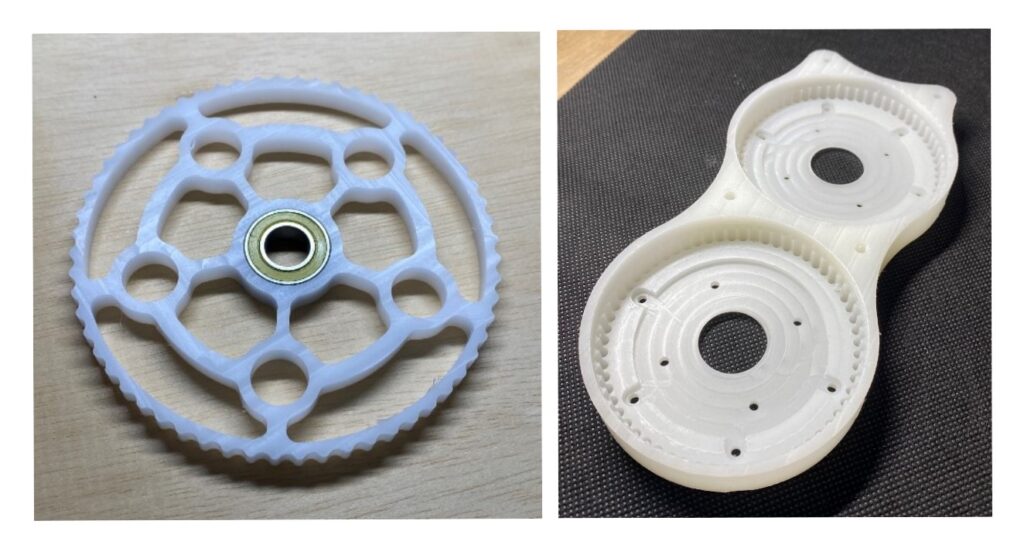1. Be aware of sunk costs fallacy and pivot if necessary.
In engineering design, it is hard to decide on a specific design direction because there are various competing constrains and requirement, something that need to be well-balanced to make a great product. Nevertheless, a design direction has to be decided during early stages to coordinate design efforts, even in the midst of incomplete information and everchanging circumstances.
As the design process proceed over time, circumstances changes and more information become available. What seems like a really great design idea at the start, slowly become not-so-great. Especially so when design problems appear and it becomes exhausting to develop ad-hoc, “plaster” and inelegant solutions to those problems. While the most sensible action to take is to reverse course and pivot accordingly, it is actually a hard and emotional action to take because of sunk costs fallacy.
It is understandable, in the face of unrelenting design problems, why some engineers (including myself) will choose to chase problems tirelessly; problem that should not even exist. It is because as humans, we have biases and prefer our own designs even if it really suck. We might even censor critical feedback and be stubborn to changes, just so our wrong beliefs remain unchallenged and we can feel safe.
Nevertheless, it is never our job as engineering designers to ensure our wrong beliefs remain unchallenged. If the design direction that we are pursuing is counterproductive, then it only make sense to change direction and start all over again, this time as a more stoic and experienced designer.
The best thing you can do when you realized you are on a wrong train going in the wrong direction, is to alight at the earliest opportunity, change course and move toward where you need to be.

2. Change and move fast with proper equipment and software.
Changing design direction and starting from a clean slate is a scary endeavor because you are back to square one and less sure about everything. However, truth be told, design direction need to change many times before all the pieces finally fit together into a breakthrough product. It is important that you and your team remains nimble and be efficient with testing new design directions. Being efficient with testing allows you to get feedback in the shortest amount of time possible. If changing design direction becomes inevitable, at least only small amount of time is waster. Over time, being efficient with testing new design directions generates less pain and reduces resistance towards changes, something that is often needed to create great products.
There are many factors affecting your efficiency in testing new design direction. One of the most obvious factors is getting proper prototyping hardware like a decent 3Dprinter and desktop CNC milling and a proper design software like Fusion360 which can handles Computed Aid Design (CAD) as well as Computed Aided Manufacturing (CAM).

3. Design with the end in mind.
It is common for engineering to overly-focus on functionality of a product that it’s manufacturing method becomes an afterthought. It is unwise to develop a product with great functionality on paper, only to realize that it is expensive or impossible to manufacture. Often, painful design changes will be mandated that greatly sacrifice product functions, functions that you spend much time to design, just to keep within manufacturing constrains or costs. As such, it is always encouraged to design the product with the end in mind, namely manufacturing and assembly.
Most of the time, ease of manufacturing and great product functionality are often at odds with one another. Products that are simple, are easier to manufacture but rarely have great functions. There only exists a small and elusive window where a product are able to achieve the best of both world, both ease of manufacturing and great functionality. Product that usually do are often breakthrough products and they are hard to achieve which explains why few products are great.
Hence to develop breakthrough product, it is important to be skilled at specific manufacturing technique like CNC milling o 3D-print and be acutely aware of their specific constraints and advantages. Those manufacturing constraints or advantages should constantly comes to mind when you are design a product and make the appropriate tradeoff between product functions and ease of manufacturing.

4. Learn from others, especially from people outside of your field
Product design involves very careful juggling of various factors like performance and aesthetic against competing factors like ease of manufacturing and assembly. It takes much effort to find a good balance between competing factors and sometimes we hit a “glass ceilling” even when we are very knowledgeable in our own field.
Product design process can be very productive when we learn from professionals in different and unrelated fields. Typically, we start by identify the general problem statement in their field of work and be curious about their solution in tackling those problems. Secondly, we try to filtrate the essence of their approach towards their problem and apply it to our own problems.
To sum it up, designing a product is rarely a sprint and chances are, the first few design ideas are going to suck. The best you can do is to believe in yourself and have the courage to get things going and keep it going. Do take time to step back and evaluate your design critically and change quickly if needed, even if it hurts. Proper equipment and software will go a long way in helping you be efficient with prototyping and fine-tuning. It can be very productive to learn from others including people from outside your field. Lastly, sometimes all you need is just a little faith in yourself and you might end up creating some of the best product ever seen.

